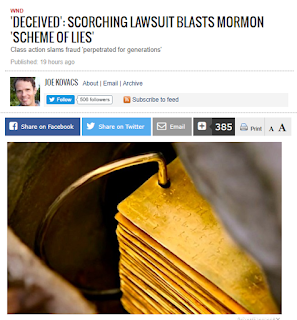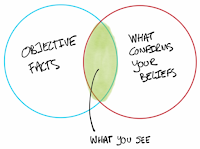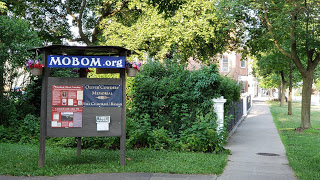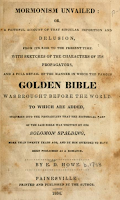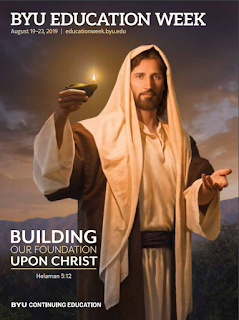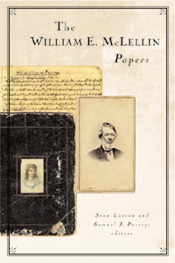Everything points to M2C
Unless you look at it with another perspective. Then everything points away from M2C and toward the New York Cumorah.
If you follow the teachings of the M2C intellectuals, you see the arrow pointing only to the right, towards the Mesoamerican Cumorah (M2C).
If you follow the teachings of the prophets, you see the arrow pointing only to the left, towards the New York Cumorah.
We each choose the perspective through which we see the world.
_____
Explanation:
This arrow by mathematician and sculptor Kokichi Sugihara can’t point left. Here’s how it works: It’s 3D-printed with a bunch of curves our brains don’t register.
https://twitter.com/ThamKhaiMeng/status/1157962976474873861
_____
BTW, a lot of people are talking about the lawsuit I posted yesterday. It will probably be dismissed on motions, but we never know what will happen.
Source: About Central America
